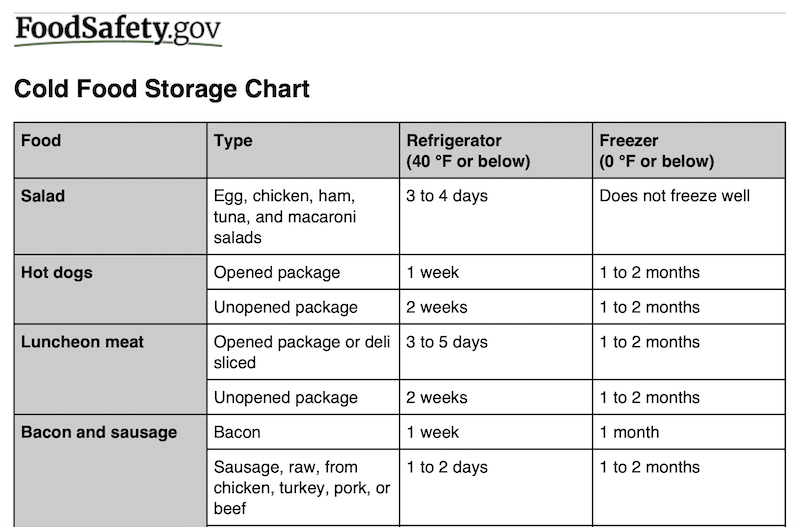With the early budding of spring flowers and trees in Kentucky, we are about to see nature’s pause button in action as temperatures drop below freezing! Even though the early flowers and budding fruit trees may not fare well, this is not the case for today’s supply of frozen food. With rows and rows of freezers in our grocery stores filled with frozen food, the availability and quality may be expected rather than appreciated. As we celebrate National Frozen Food Month, we owe our gratitude to the inquisitive mind of Clarence Birdseye. While working in the Upper Canadian peninsula in the 1920s, Birdseye saw firsthand how nature froze fish immediately and yet, the product remained “fresh” when thawed. From frozen tundra to today’s frozen foods, we are still using nature’s pause button for preserving “fresh.”
Fresh to Frozen in a Flash
The quality of today’s frozen fruits, vegetables, meats and seafood are based on the flash frozen technique developed by Birdseye. Based on his Artic experience, Birdseye invented the “quick freeze machine” and by the 1930s, frozen food was introduced into U.S. households.
The flash frozen technique is exactly as it sounds. Foods are frozen rapidly at very low temperatures to prevent the formation of ice crystals and preserve quality. The flash frozen technique helps retain flavors, texture and nutrients, allowing the peak of freshness to be preserved. Essentially, it’s a four-step process for produce (and seafood):
1. Harvest at Peak of Freshness — Whether it’s ripened produce ready to be picked or the daily seafood catch, it’s fresh.
2. Wash & Prepare — Immediately after a harvest, produce is washed, vegetables blanched, or seafood items prepared. For produce, items trimmed away in preparation are upcycled for animal feed.
3. Freeze — Within hours of harvest or daily seafood catch, food is flash frozen, preserving taste and protecting against the loss of vitamins and minerals.
4. Package — Frozen products are then packaged in a variety of convenient size bags for food or foodservice use.
The Case for Frozen

With frozen foods, we have the convenience of eating healthful foods without significant cooking time and with little waste. At times, we may say “fresh is best,” but when you look at the studies, it’s not reality. Recent studies continue to show that frozen produce has the same nutrient value of its fresh counterparts … and at times more! When fresh produce is transported, especially across the country, valuable nutrients like Vitamin C can diminish in a product.
Don’t Get (Freezer) Burned
The convenience of frozen food may entice us to stock our freezer when favorite items are on sale. Remember it’s only a bargain if we use it. While the usual shelf life of frozen food can range from one month to one year, freezer burn can occur, especially in those foods with high water content like fruits, vegetables, meat, poultry or fish.

Despite the potential quality changes, food is still safe to eat as long as it’s been frozen properly. Depending on the type of food, items like broccoli or chicken that show freezer burn may work better in a casserole-type dish than served as is.
Five Simple Steps to Quality
Frozen foods allow us to keep “fresh food” at our fingertips regardless of the season or our location. But we need to be reminded of a few simple steps to ensure the quality of what we buy!
1. Keep your freezer at 0 degrees. Food freezes faster at this temperature, preventing large ice crystals from forming.
2. Package food properly! Wrapping meat, poultry or seafood in plastic wrap, foil and freezer bags decreases exposure to air. Rule of thumb: Don’t freeze fresh meat items purchased at the store without additional wrapping.
3. When freezing leftovers, use the smallest container possible to decrease empty space and exposure to air.
4. Open your freezer only when needed! Frequent door opening will cause the temperature inside to fluctuate, causing ice crystals to form when foods start to thaw.
5. Use your food! Think months not years when buying frozen food or freezing leftovers. Two to four months, up to six (depending on the product) is a good rule of thumb for freezer inventory. Don’t forget putting dates on food, especially leftovers, helps to motivate usage.
Check out the U.S. Department of Health & Human Services’ complete cold food storage chart online
Spring flowers may not fare well in freezing temperatures, but our food can. With a little attention to detail, we can enjoy the quality of frozen food established by Clarence Birdseye almost a century ago!
Resource:
Frozen: A Food Waste Solution, Frozen Food Foundation, https://frozenadvantage.org.

